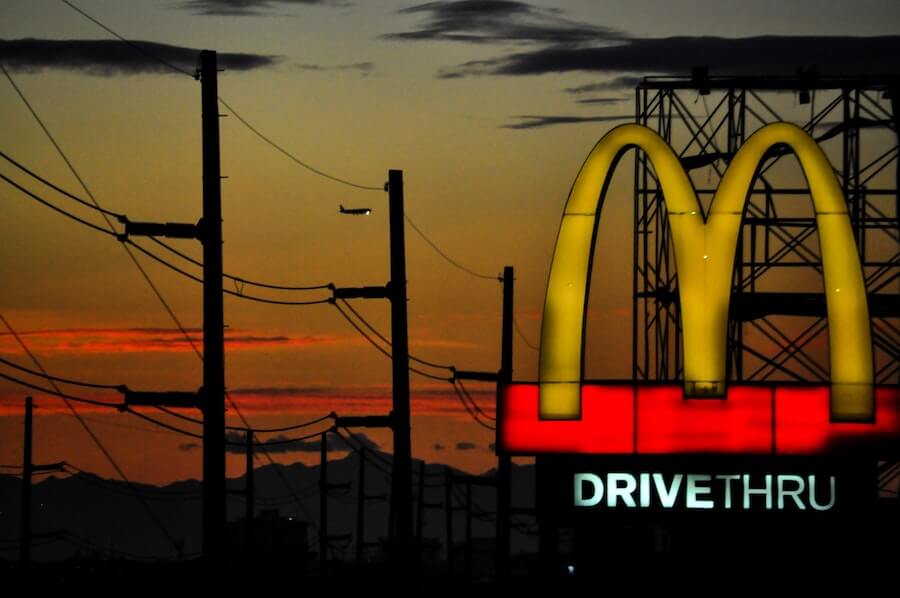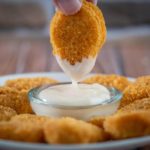The Rise of Phone Orders
The concept of McDelivery began in 1993, primarily in parts of the United States1. This innovative service offered a new level of convenience for customers, allowing them to enjoy McDonald’s meals without leaving their homes. Customers would place orders via phone calls, and McDonald’s staff would prepare and deliver the meals.
Transition to Digital Platforms
As technology advanced and the internet became more prevalent, McDonald’s began to adapt its delivery service to digital platforms. This transition was critical in reaching a broader customer base and streamlining the ordering process. Customers could now order their favorite meals online, eliminating the need for phone calls and reducing the chances of miscommunication or errors in orders.
Digital Transformation in Delivery
The advent of smartphones and mobile applications brought another wave of transformation for McDelivery. McDonald’s developed its own mobile app, enabling customers to place orders directly from their smartphones. The app also introduced features like order tracking, personalized offers, and saved favorites, enhancing the overall customer experience1.

The Role of Mobile Apps
Mobile apps have played a pivotal role in modernizing McDelivery. They have not only simplified the ordering process but also provided McDonald’s with valuable data on customer preferences and behaviors. This data has been instrumental in refining the menu, improving service, and developing targeted marketing strategies.
Timeliness in Delivery
One significant challenge in food delivery is ensuring timeliness. Delays can lead to cold meals and dissatisfied customers. To address this, McDonald’s has continuously worked on optimizing its delivery operations, from order preparation to routing and transportation.
Ensuring Food Quality
Maintaining the quality of meals during delivery is another operational challenge. To tackle this, McDonald’s has invested in specialized packaging to keep the food warm and prevent spillage. The company has also established strict quality control measures to ensure that every delivered meal meets its high standards2.
Regional Adaptations
As a global brand, McDonald’s has had to adapt its delivery service to different regions. This involves understanding local tastes, dietary preferences, and cultural nuances. In some countries, for instance, McDonald’s offers local delicacies through McDelivery.
Infrastructure Scaling
Expanding delivery service to new areas requires careful planning and significant investment in infrastructure. This includes setting up new delivery hubs, hiring and training staff, and establishing partnerships with local delivery companies34.
Partnerships in the Delivery Sector
McDonald’s has formed strategic partnerships with leading delivery companies like Uber and Deliveroo to extend its reach34. These partnerships not only enable McDonald’s to tap into the existing customer base of these companies but also leverage their logistics expertise.
Marketing Strategies for McDelivery
Marketing has been a key aspect of promoting McDelivery. From launching special offers to celebrating “McDelivery Day,” McDonald’s has used various strategies to raise awareness and drive usage of its delivery service2.
User Satisfaction Trends
Customer feedback plays a crucial role in the evolution of McDelivery. Regular surveys and feedback mechanisms are in place to gauge user satisfaction and identify areas for improvement. McDonald’s has used this feedback to refine its delivery service over the years.

Addressing Customer Concerns
Addressing customer concerns promptly and effectively is a priority for McDonald’s. Whether it’s a delay in delivery, a mistake in the order, or an issue with the meal, McDonald’s strives to resolve issues quickly to maintain customer trust and satisfaction.
Eco-Friendly Packaging Initiatives
With growing awareness about environmental issues, McDonald’s has taken steps to make its delivery service more sustainable. This includes initiatives to reduce packaging waste and use more eco-friendly materials1.
Corporate Responsibility in Delivery
Beyond environmental sustainability, McDonald’s is committed to ensuring ethical practices in its delivery operations. This includes fair wages for delivery staff and adherence to safety regulations.
Drone Delivery Explorations
Looking ahead, McDonald’s is exploring emerging technologies like drone delivery to further enhance its delivery service. While still in the experimental stage, drone delivery could potentially offer faster delivery times and reduce carbon emissions1.
Anticipating Technological Advancements
As technology continues to evolve, McDonald’s is poised to adapt and innovate. From AI-powered chatbots for placing orders to autonomous vehicles for delivery, the future of McDelivery holds exciting possibilities.
McDonald’s vs. Competitors
In the competitive food delivery landscape, McDonald’s has managed to maintain a strong position through constant innovation and customer-centric services. While competitors like KFC and Burger King also offer delivery services, McDonald’s extensive global presence and strong brand recognition give it a competitive edge1.
Adapting to Shifting Consumer Patterns
Consumer preferences and behaviors are continually changing, and McDonald’s has shown agility in adapting to these shifts. Whether it’s catering to the rising demand for healthier meal options or offering contactless delivery during the COVID-19 pandemic, McDonald’s has demonstrated its commitment to meeting customer needs.
Sources






